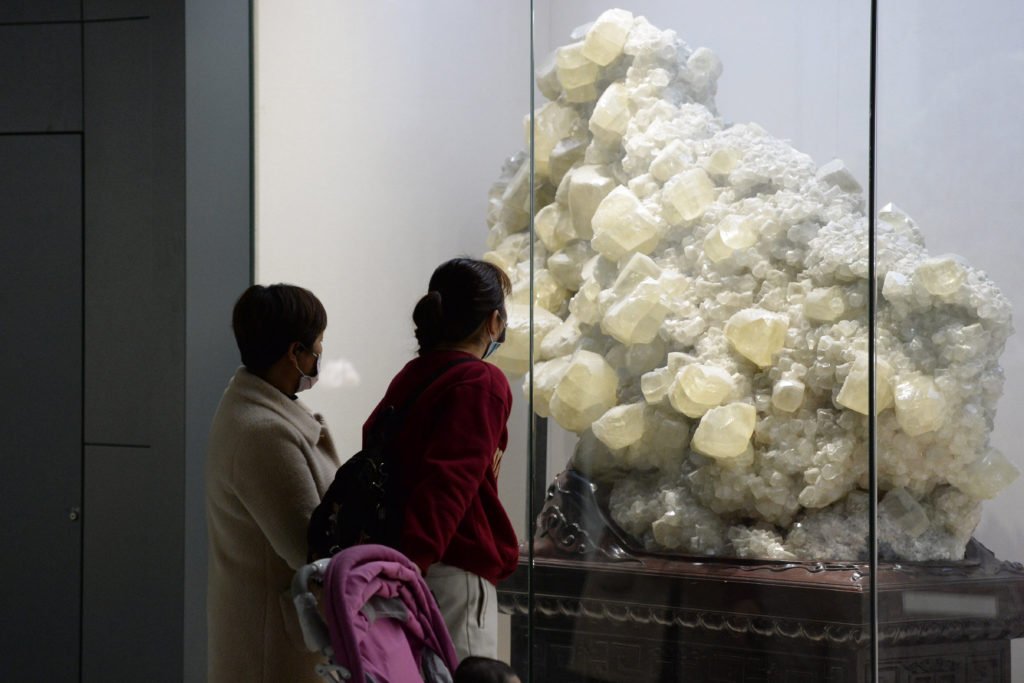People Need Art in Times of Crisis. That’s Why Museums Should Be Among the First Institutions to Reopen for Business—Here’s How

Written by Andras Szanto and published originally by artnet, 14 April 2019.
September 11, 2001, was a Tuesday. By that weekend, many of New York City’s museums had reopened, free to the public. I remember seeing the faces of the visitors and how communing inside the museum gave them a sense of comfort and security, of life eventually recapturing its familiar rhythm.
Now, as a calamity of a different sort is ravaging our world, it is no less urgent that museums reopen as soon (and as safely) as possible. Switching to providing content online is kicking the can down the road. For all its educational and entertainment value, digital engagement, as many of us are finding, is a poor substitute for the uniquely analog and interpersonal experience of visiting a museum.
Although running a museum with diminished attendance and added safety precautions is costly, and the decisions involved are hard, a core mission imperative is to serve the public. Advocates have long claimed that museums are essential to a functioning society. If that claim has any merit, then museums need to demonstrate it in real time—by being at the front of the line in rebooting activity.
Most of our museums have ample space to welcome visitors while allowing them to maintain physical distance. Open museums would mean not only the resumption of employment and earned revenues, but also, and more importantly, a host of intangible benefits, and I don’t just mean significant, transporting, meditative encounters with art. Museums provide a haven in a time of trauma and disruption. As Kerry J. Sulkowicz, the president-elect of the American Psychoanalytic Association, notes, “we’re in the midst of two outbreaks: a pandemic of the virus, and a pandemic of anxiety.”
Museums could offer people who have experienced weeks of isolation a safe place to go, or a reprieve from cramped quarters. Their opening would signal the beginnings of a return to normalcy. What’s more, once the public is back, museums can serve as hubs of education, information-sharing, and collective reflection as we work together to surmount this crisis.

Getting Back
Opening up is doable. Which is not to say it will be comfortable. Nonetheless, a few practical measures could allow institutions to start to receive visitors, as soon as local governments lift restrictions. These could be rolled out, then relaxed gradually, as appropriate. I have discussed these steps with arts leaders. None has felt they were unreasonable, although there are logistical and regulatory hurdles to clear. Versions of them are already being assessed in many institutions. Museums in Asia and Europe will soon offer working models, and perhaps some cautionary tales. It will be crucial to share experiences and compare notes as we feel our way forward.
- Devise a timed-entry system in which visitors arrive on the quarter-hour, for example, in limited numbers. As a condition of buying a ticket, ask about active symptoms. Consider adopting the practice of temperature-taking at the door. Establish a waiting area for people to stand in line at appropriate distances. If a burger joint can hand out an electronic device to alert customers when their food is ready, so can museums.
- Take special precautions to protect the most vulnerable. Dedicated entrances or opening hours may be helpful. When testing is in place, admit anyone who is confirmed to have antibodies. It is highly unlikely that older and immunocompromised people would be tempted to visit museums in large numbers at this moment. Meanwhile, museums can step in for the absence of school. As the father of a teenager, I know first-hand what an epic vacuum this situation has left for kids.
- Lean more on younger staff, especially for public-facing roles. There are many in most museums, and some will soon be tested for antibodies. Here as elsewhere, the younger end of the workforce, equipped with the necessary protective gear of course, can help society keep going while it’s still risky for more vulnerable colleagues to show up. Emergency regulations should enable institutions to make such distinctions without exposing them to charges of ageism.
- Make face masks obligatory, and available.
- Enforce indoor distancing etiquette. Attendants in galleries and common areas can gently remind visitors to keep a distance from one another, just as they remind children not to touch the art. I have been impressed by how carefully people are observing distancing rules in bakeries and grocery stores. Is there any doubt they can do the same in a museum?
- In addition to having hand sanitizer all over the place, if public-health experts suggest it, install some kind of full-body disinfecting station at entry points. Not to be glib, but one could imagine such a facility resembling one of our popular immersive art experiences. Surely we can come up with something acceptable, humane, and even cool. Let’s challenge our best artists to make it happen. It’s OK to have a sense of humor.
Inevitably, there will be diverging views on how such policies could be implemented, and exactly when. The situation will be different for highly frequented museums in urban areas than for institutions in suburban or rural locations where parking is abundant and visitation, moderate. Let’s be honest: Many museums are not exactly inundated on most days, even in the best of times.